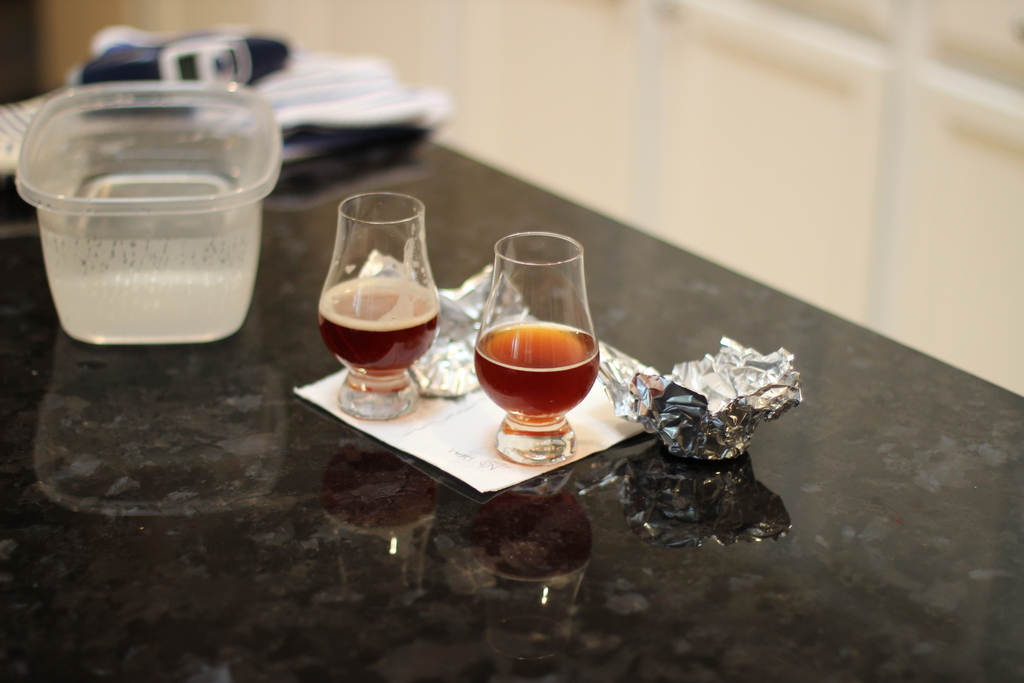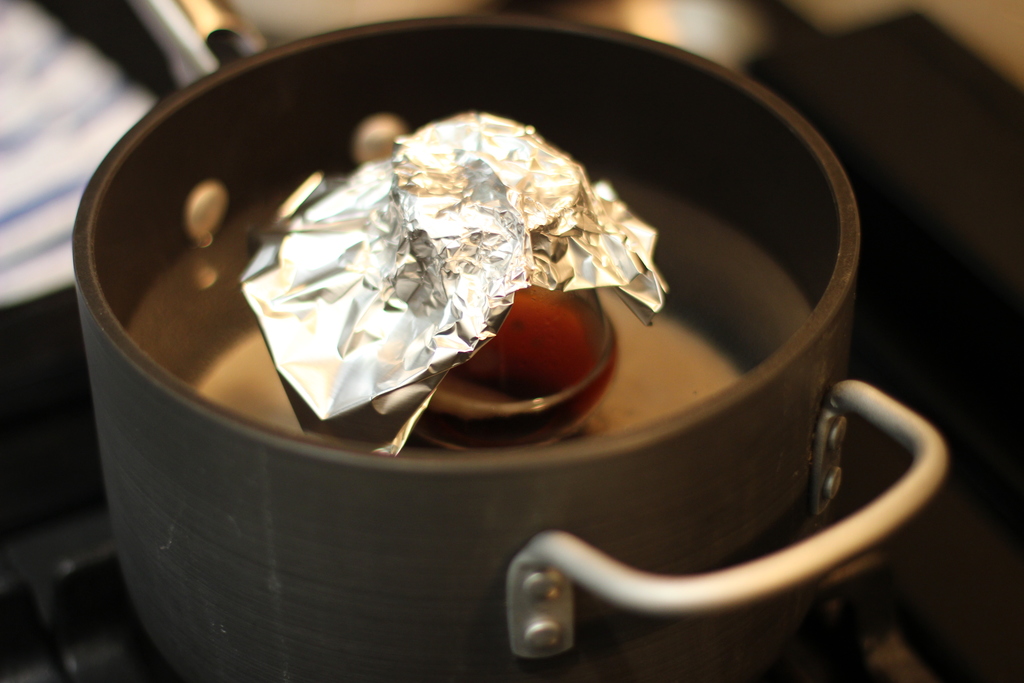A few weeks ago I got results back from the Alamo City Cerveza Fest. I was looking forward to these results for a number of reasons, one being just because of all of the drama. The other was a different set of opinions about Big Fat Phony, a beer that we infused with peaty Scotch. And finally, I had sent in an IPA of mine that originally I wasn’t so sure of, but in the past couple of weeks before sending had really turned into something quite nice.
That I didn’t place with it wasn’t much of a surprise. Instead, I take solace in collecting the feedback so I can focus on making better beers, more so than any desire to win a competition. On my score sheet however was something I was pretty shocked to read. A very noticable flaw, diacetyl. That lovely aroma of movie theater butter popcorn. Most folks can pick it up a mile away; and it’s detectable at very light levels, in the parts-per-billion. And here on my score sheet, two judges pick it up. One of them even says that it’s over-shadowing the rest of the beer. Wow.
I was completely stunned and crushed. I’ve been drinking this beer since it was kegged with not a hint in sight. But that’s not always good enough. In many cases the beer can have diacetyl precursors which once exposed to warm temperatures and oxygen can reform into diacetyl. Strugging with this possiblility I wondered how I could find out without bottling and waiting two weeks.
It turns out that diacetyl levels are actually a really good indicators of fermentation progress. In the fermentation process diacetyl levels increase during yeast growth phase. Near the end of fermentation, gravity reduction has ceased, but the yeast are still working to finish up, and consume many of the by-products (such as diacetyl) that were produced earlier in fermentation. If you can test and detect diacetyl levels (usually done via gas chromotography in a lab) then you can know for certain when the yeast are “done”.
As a homebrewer we don’t usually have access to $40,000 equipment, but we can perform a test that can help determine if diacetyl or pre-cursors are present. I decided that I needed to use this to test if my IPA was harboring some skanky butter aroma. The test itself is simple.
Pour two samples of the beer into glasses and cover (foil or plastic wrap). Prepare a pot of water that one of the samples can sit in and heat up to 140F to 160F and hold for 10 to 20 minutes. Then place the hot sample in a basin of ice water to chill it back down to the same temperature as the unheated sample.
After removing the cover of the two samples assess if either sample contains the dreaded butter aroma. If the cold sample is affected, then trivially the hot sample will and the beer needs more time with the yeast. If only the heated sample does, then the beer has diacetyl.
I never did detect anything in my beer… better luck next time I guess.



